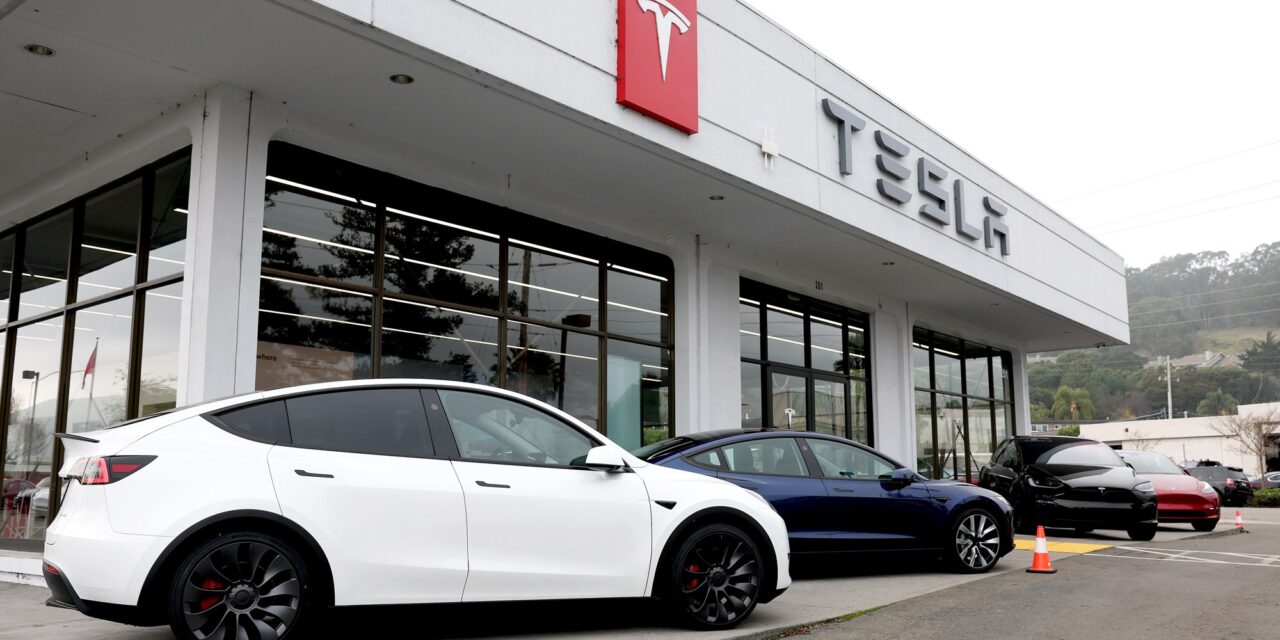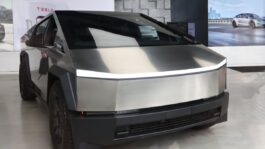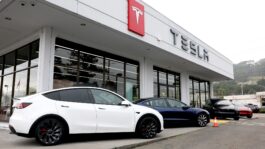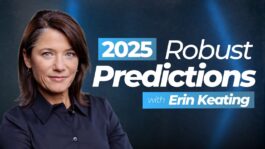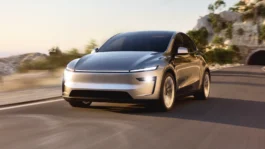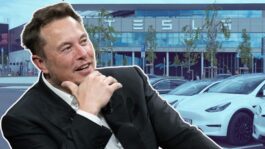This article highlights Tesla’s recent challenges in the competitive California EV market. Despite Californians purchasing more electric vehicles than ever, Tesla’s market share has shrunk to 21.5% as consumers increasingly opt for models from rival automakers like Honda, Hyundai, Ford, GM, Toyota, and Porsche. Tesla’s aging designs for the Model Y and Model 3, along with low sales for the Cybertruck, have contributed to this shift. Additionally, Elon Musk’s polarizing public behavior may be impacting Tesla’s popularity in politically left-leaning California. While Tesla remains a significant player, other brands have surged, with models like Honda’s Prologue and Hyundai’s Ioniq 5 showing strong growth. Rising EV adoption is tempered by concerns over tariffs and pricing, while California’s share of true zero-emission vehicle (ZEV) sales has fallen slightly, potentially jeopardizing its clean car mandates.
Consider How This Can Help Local Businesses:
- Automotive Dealerships: They can use insights into consumer preferences to market new EV models and emphasize their advantages over Tesla’s offerings.
- Charging Station Providers: With more diverse EVs hitting the market, providers can highlight compatibility and accessibility, attracting a wider range of EV users.
- Accessory Manufacturers: Businesses specializing in EV-compatible accessories can align their products with the growing demand for non-Tesla EVs.
Three Ways This Can Help Drive Revenue for Your Station:
- Promote EV Education Campaigns: Partner with local dealerships to advertise and inform consumers about the new range of EV models and their unique features.
- Collaborate with Charging Station Providers: Run campaigns that showcase local charging solutions, positioning them as essential infrastructure for the expanding EV user base.
- Advertise Accessories for New EVs: Work with accessory manufacturers to promote chargers, mats, and other items tailored to the rising number of non-Tesla EV owners.

